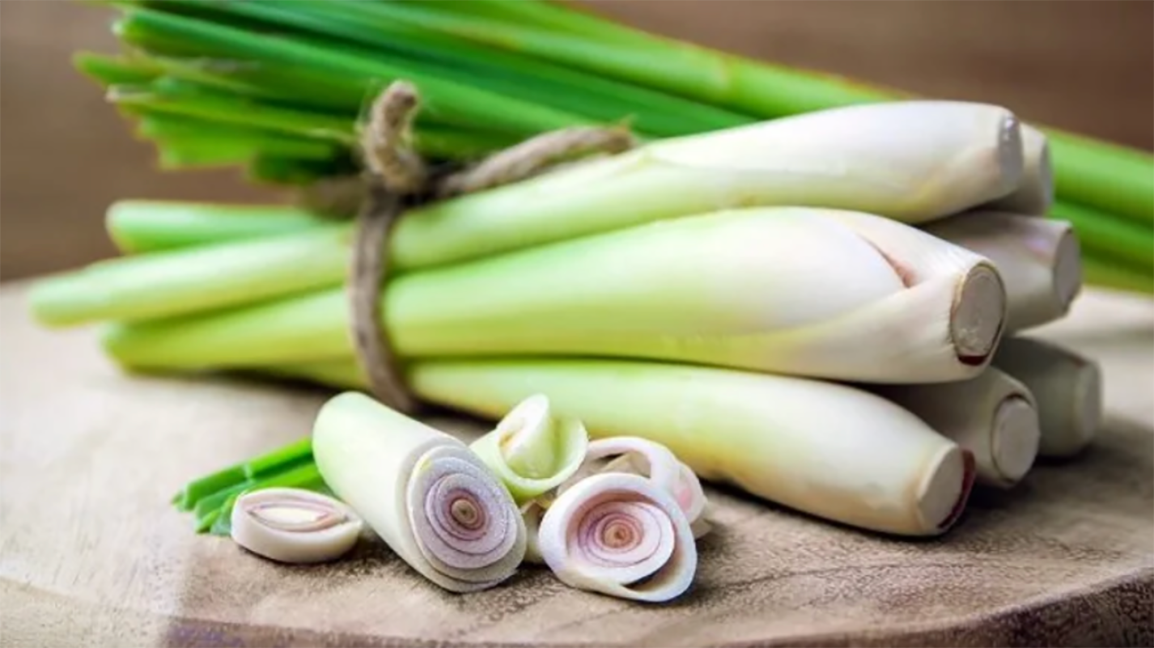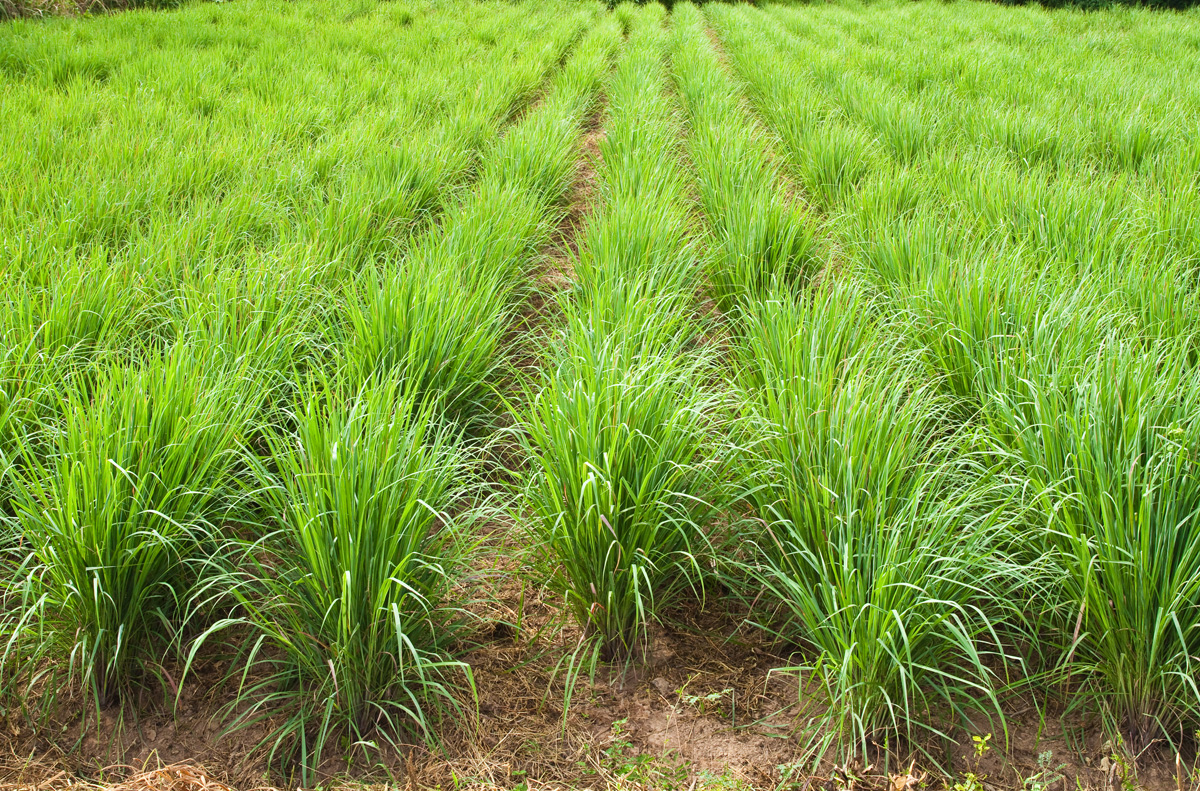Lemongrass is native aromatic tall sedge which grows in many parts of tropical and sub-tropical South East Asia and Africa. In India, it is cultivated along Maharashtra, Kerala, Karnataka and Tamil Nadu states besides foothills of Arunachal Pradesh and Sikkim. It was introduced in India about a century back and is now commercially cultivated in these mentioned States. What is lemongrass oil good for? Lemongrass has been used to treat digestive problems and high blood pressure, the essential oil has many other potential health benefits. And, it’s becoming popular oil in aromatherapy to help relieve stress, anxiety, and depression.


Lemongrass cultivation and planting


Lemongrass is native to the tropical countries of India, Cambodia, Indonesia, Guatemala, Sri Lanka, and Malaysia. It grows upright in dense bunches and thrives in moist, warm climates with well-drained, loose, dry, loam soils that have a pH level between 4.3 and 8.4. Lemongrass leaves are a green color with sharp edges much like grass that grows on lawns but much larger. It requires full sun and a soil temperature that is between 21°C and 24°C (70°F to 75°F). Lemongrass requires adequate water drainage requirement, as disproportionate watering will lead to lower oil content.
Lemongrass flowers grow in the winter season. The first harvest is normally obtained after 4 to 6 months of transplanting seedlings. Subsequent harvests are done at intervals of 60 to 70 days depending upon the fertility of the soil and other seasonal factors. Under normal conditions, three harvests are possible through the first year, and 3 to 4 in subsequent years, depending on the management practices followed.
Lemongrass can be harvested 6-9 months after the slips are planted and can be harvested as frequently as once every month through the growing season. Cutting stimulates growth and allowing the plant to develop too large will lead to a reduced oil yield. The lemongrass is harvested in the morning on a dry day to allow the evaporation of dew and to avoid loss of the plant’s color due to heat. When harvested mechanically, sharp tools and machinery are used in order to make sure a clean cut and to avoid splitting the edges of the leaves. If the plant is cut too low, the lemongrass leaves will retain less oil, thus the optimal oil quality is in the higher parts of the leaves. Allowing the plants to mature until before the winter months will make sure that the root reserves are fortified and that the foliage will protect the plant against winter frost. After winter, Lemongrass can be used for compost or mulch or it may be harvested and distilled. Ideally, Lemongrass leaves will keep their green color and be free of fungi. In organize to ensure this, Lemongrass leaves must be dried as soon as possible within 24 hours and a conventional dryer may be used for this. An extended drying period, such as in the case of it being left out in the sun to dry, will cause the leaves to lose color and the aroma value to diminish. Once harvested, leaves can be stored in shade for up to 3 days without the oil yield or quality being compromised.
Harvesting is completed with the help of sickles; the lemongrass plants are cut 10 cm above ground level and allowed to wilt in the field, before transporting to the distillation site. The Lemongrass is then steam or hydro distilled.
